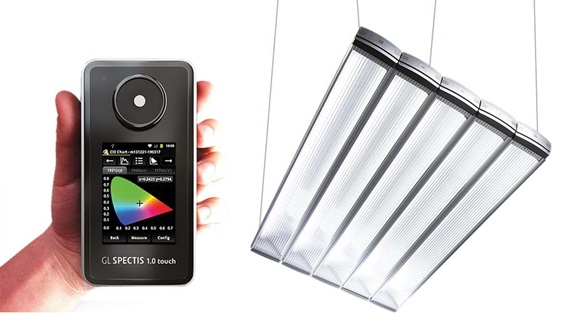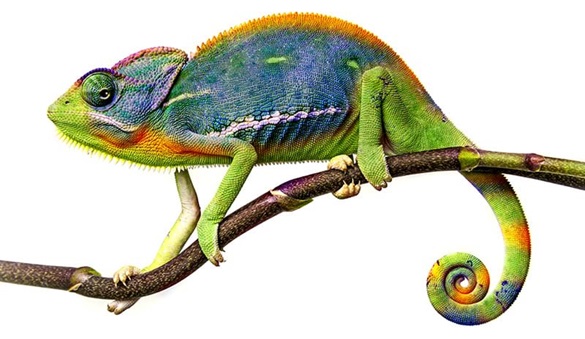HOW YOU CAN assess your COLOR PROOF STATIONS
Together with our subsidiary GL Optic, we develop professional light measurement technology for a wide range of applications. One of them is the ISO 3664:2009 compliant light assessment of color matching stations with standard light D50. Find out here how you can measure and evaluate the standard conformity of your color testing equipment.
Capture light and take it back home...
In conjuction with our subsidiary GL Optic Lichtmesstechnik, we have developed a process to reproduce exactly the light in a JUST standardized viewing booth that is measured before at any place. Find out how it works!
How to do visual comparisons of coloured materials. According to ISO 3668
Measuring instruments are only one part of comparing and quality controlling colours and substrates. Since no technical device is as precise as the human eye, the visual colour control is still essentail for accurate quality control.
ISO 12647-2:2013 COLOR CHANGES ARE NOT ALWAYS INTENTIONAL...
ISO 12647-2:2013 takes into account optically brightened papers, which is why a significantly increased UV content has been set, which is more closely matched to daylight. This also affects the standard for color measurement ISO 13655:2009 and the standard for color matching ISO 3664:2009. But putting them into practice is already possible today! Print, measure and view your prints according to ISO 12647-2:2013.
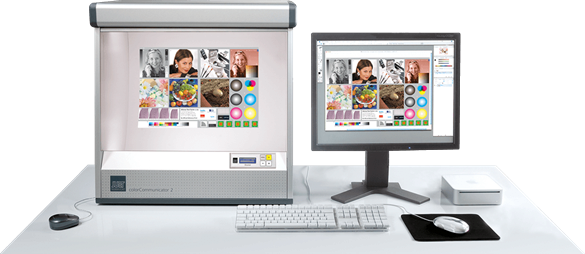
Soft proofing at work
Time- and cost-efficient workflow solutions are increasingly being implemented in response to the constantly growing demands as regards delivery capability and pressure of time. Compared to a classical proof printed on production paper, or a digital hard copy proof, a digital soft proof on a monitor permits more cost-efficient reproduction of the original for subsequent production printing.
Learn more » Go back...Assessment of fluorescent materials
Materials and surfaces can be made fluorescent by admixing optical brightening agents (OBAs). Optical brightening agents are fluorescent substances that absorb light in the UV wavelength range from 300 to 390 nm, and emit it in the adjacent spectral range from 400 to 460 nm.
Learn more » Go back...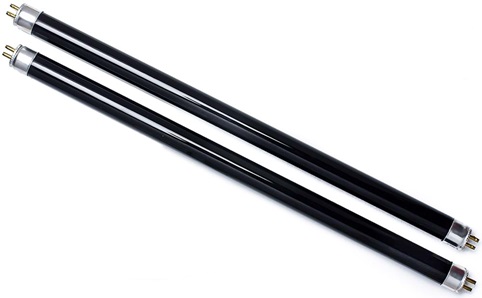
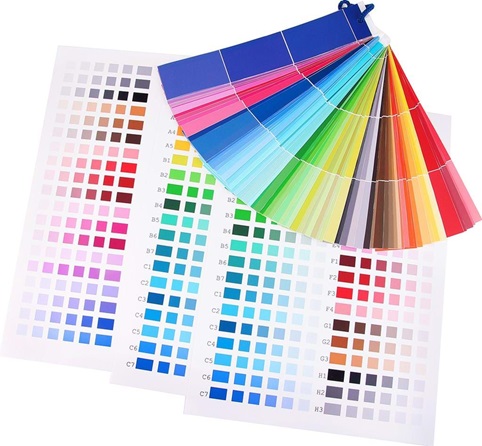
MUNSELL colour system
in standardised light devices
The colour system devised by Albert Henry Munsell (1858–1918) was intended to represent colour samples in a manner corresponding to human perception for the first time. In other words: the visual distances between adjacent colour samples were supposed to be perceived as being equal.
Learn more » Go back...Symmetrical or asymmetrical light design?
JUST colour proof lights fundamentally offer a choice between a symmetrical or an asymmetrical light design. In a modern, symmetrical light, the rays of light are directed onto the viewing surface in diagonal, cross-over fashion ("cross-symmetrical").
Learn more » Go back...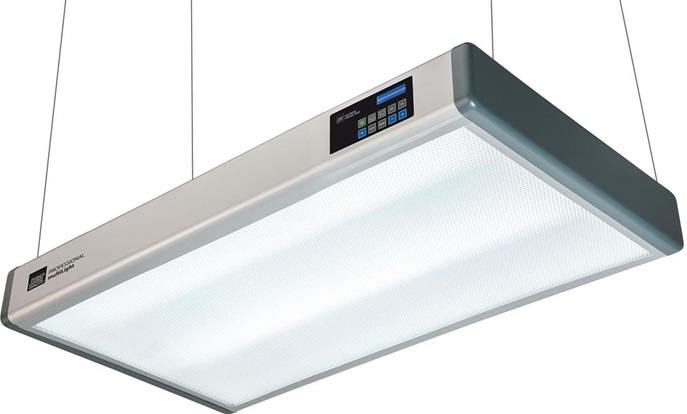
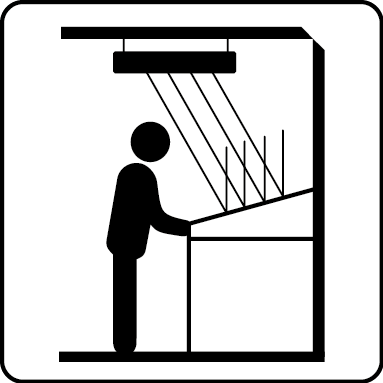
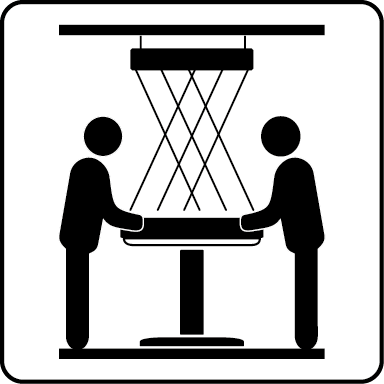
ISO 3664:2009
Colour matching in the graphic arts industry
The valid ISO 3664:2009 standard regulates the viewing conditions for the colour proofing of originals and reproductions in the graphic arts industry. The users are photographers, advertising agencies, classical prepress businesses, and printers on the press. The ISO standard essentially defines the requirements for the viewing conditions, test methods, and both obligatory and recommended targets to be achieved.
DIFFERENCES IN LIGHT TABLES, COLOUR PROOFING LIGHTS AND COLOUR VIEWING STATIONS
When searching for standard lighting systems, one often reads terms such as light table, color proofing lights or color proofing station, which are frequently used synonymously. For JUST products there are differences between these products.





